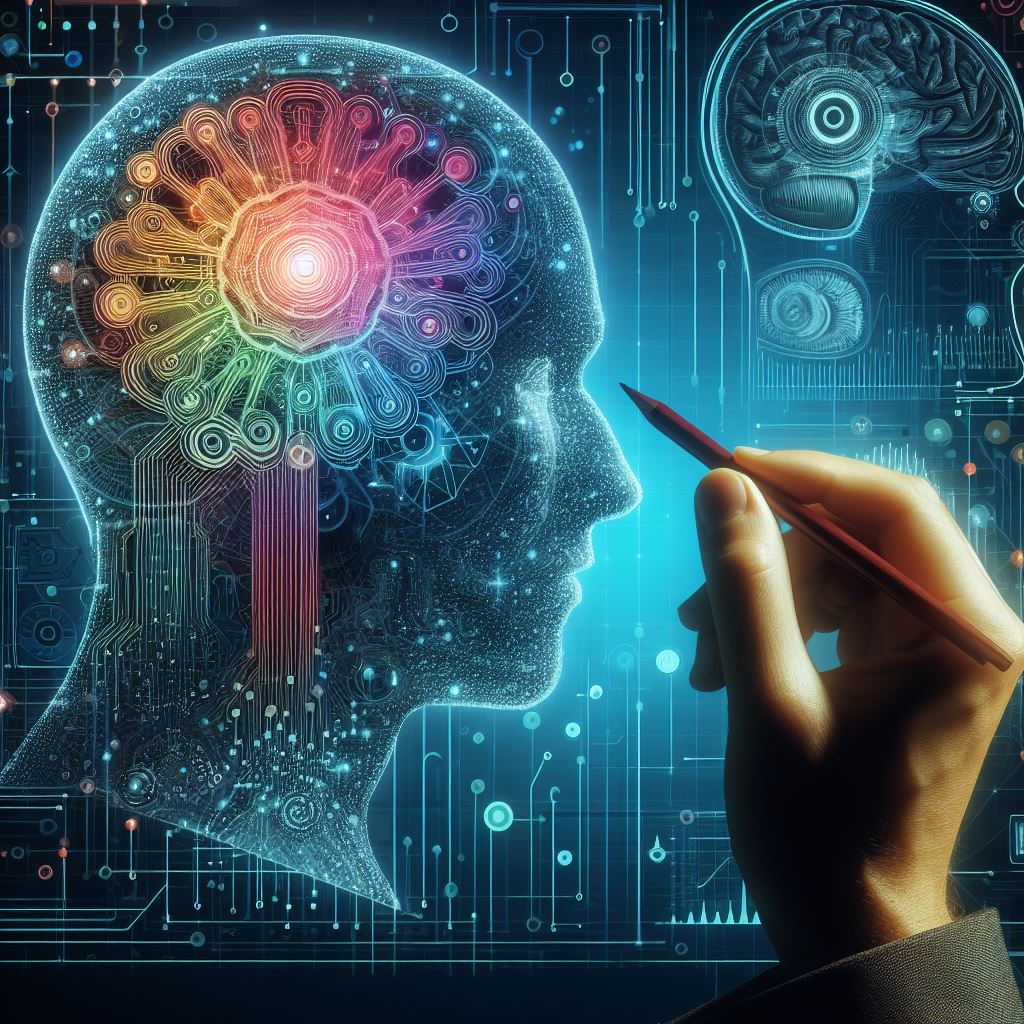In the vast expanse of the digital age, where countless websites vie for attention, the principles of psychology offer a powerful toolset for designers aiming to stand out. At the core of every successful website is an understanding of how users think, feel, and behave—a testament to the profound impact of psychological principles on web design.
The Foundation of Web Design Psychology
Understanding Human Psychology
Human psychology is a complex web of emotions, perceptions, and actions. Key principles such as the Gestalt principles of perception, color theory, and Fitts’s law provide insight into how we organize information, react to different hues, and interact with physical and digital spaces. These concepts are not merely academic; they are practical tools for the web designer.
Psychological Elements in Web Design
Applying these principles to web design means creating layouts that align with how users naturally scan a page (e.g., the F-pattern), choosing color schemes that evoke the desired emotional response, and selecting typography that enhances readability and mood. The strategic use of images and space can guide user attention and create a sense of harmony and balance.
How Psychology Influences User Behavior
First Impressions
It takes only milliseconds for a user to form an opinion about your website. This first impression is heavily influenced by visual appeal, which can determine whether a user stays or leaves. An understanding of psychology can help designers create interfaces that feel welcoming and engaging from the first glance.
The Role of Emotions
Emotions play a crucial role in decision-making. The colors, images, and words we choose can elicit joy, trust, or curiosity, directly influencing how users interact with a website. For instance, blue can communicate trustworthiness, making it a popular choice for banking websites.
Trust and Credibility
A website’s credibility is established through clear navigation, professional aesthetics, and the strategic use of social proof. Psychological principles underpin the trust users place in a website, affecting their willingness to engage with content or make purchases.
Designing for Engagement and Conversion
The Fogg Behavior Model
BJ Fogg’s Behavior Model posits that for a user to perform a desired action, they must be simultaneously motivated, able to perform the action, and triggered to do so. Web design can leverage this model by creating user-friendly interfaces that reduce friction, using motivational elements like rewards, and incorporating clear calls to action.
Applying Psychological Triggers
Psychological triggers such as scarcity (limited time offers) and social proof (testimonials) can significantly increase conversion rates. These triggers tap into human instincts and can be ethically used to guide users toward making informed decisions.
Creating Effective Calls to Action
Calls to action (CTAs) are not just buttons; they are the culmination of a user’s journey on a website. Effective CTAs use psychology-informed language, color, and placement to stand out and encourage users to take the next step.
The Ethics of Psychological Design
While the power of psychology in web design is immense, it comes with a responsibility to use these insights ethically. Designers should aim to enhance user experience and offer value, rather than manipulate or deceive.
Practical Tips for Implementing Psychological Principles in Web Design
To incorporate psychological insights into web design, consider the following:
- Use colors and fonts that align with the emotional tone of your content.
- Structure your layout to guide user attention and simplify navigation.
- Incorporate elements of trust, like user reviews and secure checkout badges, to build credibility.
Case Studies: Psychology in Action
- E-commerce Website: Utilizing color psychology and scarcity triggers, an online store increased its conversion rate by 20%.
- SaaS Homepage: By redesigning its homepage to include social proof and clear value propositions, a software company saw a 35% uptick in sign-ups.
- Nonprofit Website: A nonprofit’s use of emotionally compelling imagery and storytelling led to a significant increase in donations.
Conclusion
The intersection of psychology and web design is a fertile ground for innovation and effectiveness. By understanding and applying psychological principles, designers can create websites that not only look good but also resonate with users on a deeper level. As the digital landscape continues to evolve, those who harness the power of psychology in their designs are poised to lead the way.
Recommended Books for Learning Psychology in Web Design
- “Designing with the Mind in Mind” by Jeff Johnson
- “100 Things Every Designer Needs to Know About People” by Susan Weinschenk
- “Don’t Make Me Think” by Steve Krug
For more insights into web design and to explore topics related to design trends and conversion factors, visit WebHype360’s Web Design Category.





